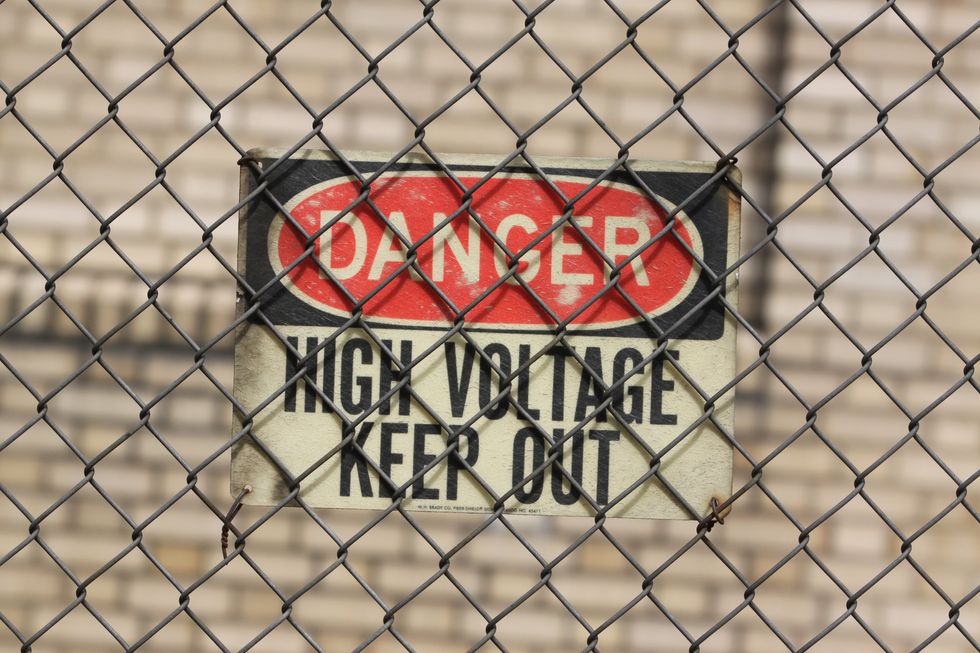I absolutely loathe being startled. I hate it when my friend hides around a corner, waiting for the perfect moment to jump out and scare me.
Yet, I love horror content. I love stories about monsters, ghosts, and psychopathic murders hell-bent on murdering an entire family for the fun of it. Jumpscares, however cheap, are my guilty pleasure.
This may seem like an oxymoron. How could I love Five Nights At Freddy's but hate when my friend sneaks up behind me?
There's a long and short answer to this, dear friend.
The short answer? While playing a horror game or watching a slasher flick, I consented to the fact that I would be startled. The long answer? I knew that something was going to pop out at me, so I was able to brace myself for the scare. I know my limits when it comes to being startled, which is why I'll never step foot in a haunted house, no matter how corny the props are.
Fortunately, being startled by my asshole of a boyfriend won't send me into a panic attack. I won't have vivid flashbacks to past trauma. I'll just be mildly pissed and move on with my day.
However, for some other people, when they see or hear something specific they weren't warned about, they can't just "move on with their day."
That is why posting content warnings about any and all graphic content in your work is so important. If you are releasing content into the world for public consumption, you are responsible for posting a warning if something in your work is potentially triggering to someone.
And no, "being triggered" isn't something Tumblr just made up, nor is it a big joke. It's a real condition that people with anxiety deal with on a daily basis, particularly those with Post Traumatic Stress Disorder.
PTSD, as described by UCLA professor Javier Iribarren in his paper, Post-Traumatic Stress Disorder: Evidence-Based Research for the Third Millennium, "...is the psychiatric disorder that can result from the experience or witnessing of traumatic or life-threatening events such as terrorist attack, violent crime and abuse, military combat, natural disasters, serious accidents or violent personal assaults."
Trauma triggers, as defined by University of Alberta's Sexual Assault Centre, "...is something that sets off a memory tape or flashback transporting the person back to the event of her/his original trauma."
So, if you are a content creator and decide to create something that deals with heavy topics, such as sexual abuse, heavy violence, or death, it is your duty to add a warning to protect those with these traumas against something that could actually hurt them. Panic attacks are no joke.
It's not that hard, guys. If your work contains graphic imagery of, say, gun violence, just gives a quick notice before the work begins. Something like, "Hey guys, this work contains heavy subjects, such as gun violence. Proceed with caution!" is fine. Or, even just put a "CW: gun violence" before your work.
Giving a content warning gives the person with a trigger a chance to decide whether or not they are able to see, read, or interact with your content.
They're able to consent to see the graphic content.
It takes less than three seconds, and it's not that much effort. Yet, I've seen such a push-back against trigger warnings, for example, some claim it's "censorship" and that students need to be shown things that make them "uncomfortable."
Being triggered with a PTSD flashback is far, far different than being "uncomfortable." A flashback to a traumatic event is more than just "uncomfortable." It's horrifying. I think we, as content creators, can take a few seconds out of our schedule to add a warning for people.
Bottom line, your convenience is not worth someone else's well-being.
It's not your or anyone else's place to say how or when people interact with your content, especially if they have suffered through a traumatic event.
Posting a trigger warning before work that features graphic content is not hard. Caring for people who have gone through traumatic experiences is not hard. Being kind and considerate is not hard.









































